When dye starts leaking from your yarn and you’ve never experienced this before, it is naturally quite worrying!
But this can be perfectly normal!
And this doesn’t just happen to hand-dyed yarns. It can happen to commercially dyed yarns too.
Crocking vs Bleeding
Two words that sound quite scary. But what are they?
Crocking
Crocking is what happens when dye transfers from your yarn on to your needles or your hands. Or even your clothes.
It is a dry transfer of colour, caused by the heat and friction from rubbing two materials together.
If you knit with wooden needles and dark or bright coloured yarns, then you’ll be familiar with this.
Oh, and talking of clothes… remember that new pair of dark coloured denim jeans that rubbed a blue mark on something light. That’s crocking too.
Bleeding
So if crocking is a dry transfer of colour, then you’ve guessed it, bleeding is the wet version.
Bleeding occurs only when your yarn (usually as a finished project) gets to soak in water.
There are a few reasons why dye may bleed from the yarn, such as…
- having water with a different pH level to the dyeing process,
- detergents,
- generally having excess dye particles in the yarn,
- and the bad one, the dye wasn’t fixed to the fibre.
Sometimes a yarn gets too eager and it tries to hold on to more dye than it can actually absorb and fix to its fibres.
When yarn is dyed it is soaked in a solution, which is absorbed into the fibres. For example, all my yarns are dyed using “acid dyes”. Don’t worry, it sounds scarier than it actually is. This solution is a mixture of water, citric acid (an everyday household product), and the dye powder.
The dye particles are then fixed to the fibres using heat.
After this, the water is drained away, and the citric acid is washed out, along with a large portion of any dye particles that the fibre could not absorb. But some dye particles are stubborn and hang around for a lot longer than us dyers would like.
Are some colours worse than others?
Yes. Typically strong purple and teal colours are the worst culprits of this. However, all dark and strong saturated colours are susceptible to this because of the high concentration of dye needed to produce the colour. Yellow can be a bugger too.
So it’s all OK then?
Hmm… no.
Most of the time, it’s absolutely fine. So long as the colour of your yarn isn’t fading, then you’re good. You may just need to rinse your yarn a few extra times (for bleeding), or keep it away from light coloured items (for crocking).
However, when the dye is running out of your yarn AND the colour of the yarn is fading, then this is when it is not OK. This means that dye particles have not successfully been fixed to the fibres in the yarn. If this is happening you need to contact the yarn manufacturer for advice.
Proof below this happens to commercial yarns too!
Whilst running or leaking dye is more commonly associated with hand dyed yarns, it happens to commercially dyed yarns too.
The yarn below is from Rowan and the wool wash is Soak. Both are very well known brands, and both have very high manufacturing standards.
The photos below show my standard hand washing process. After only 10 minutes of soaking the water had already changed colour quite significantly. However the project colour was not affected.
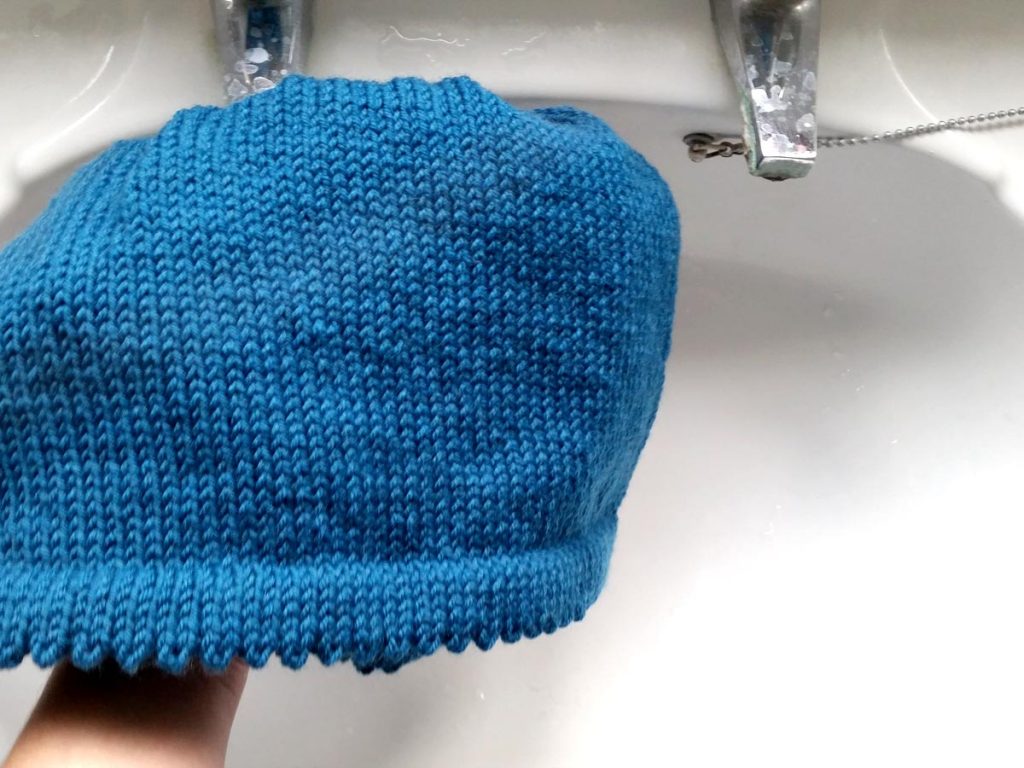
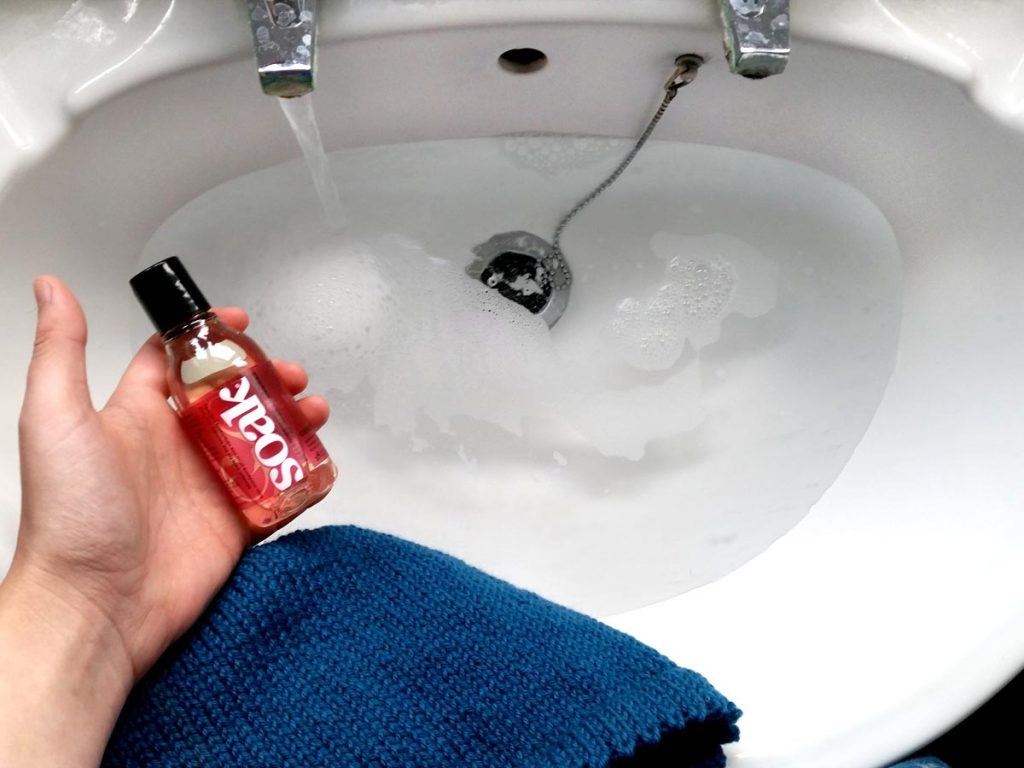
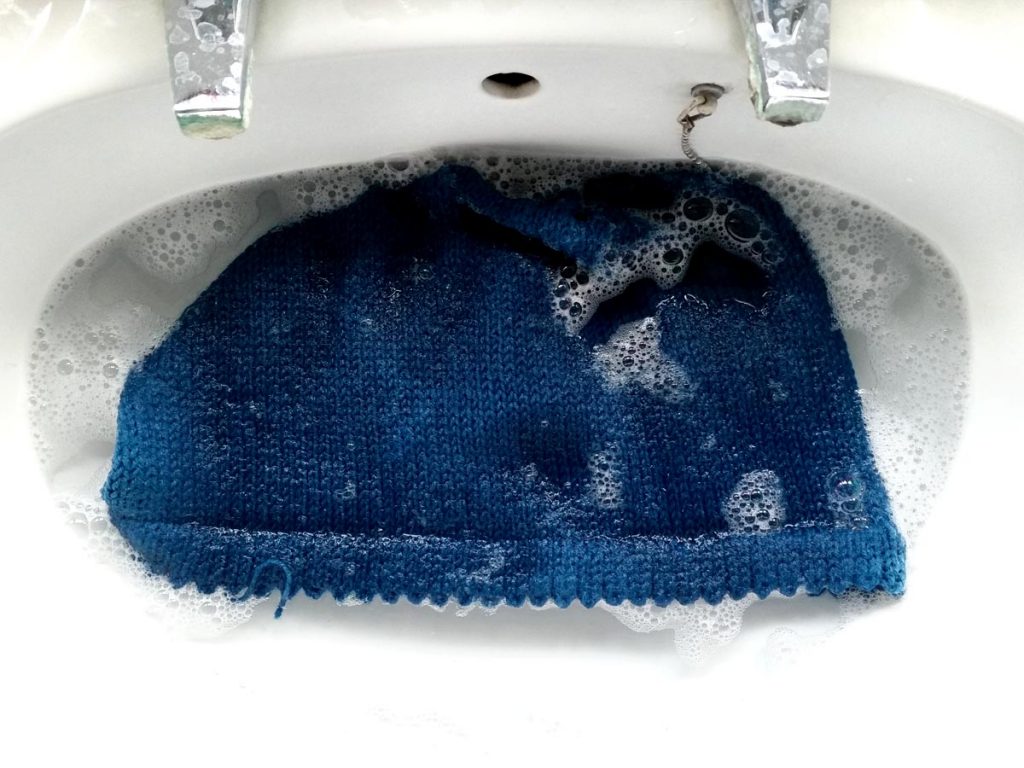
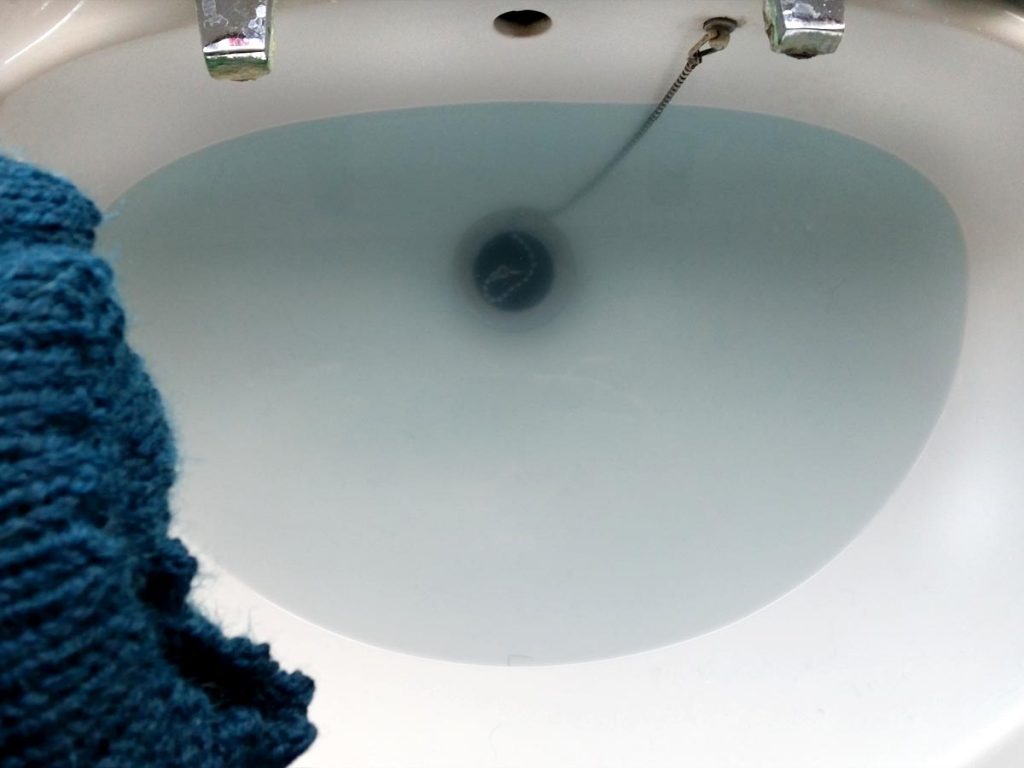
I hope this helps explain why dye leaks from yarns. It doesn’t mean there is anything wrong or faulty with your yarn. It can be a perfectly normal occurrence of any yarn.
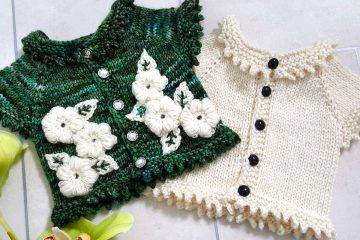

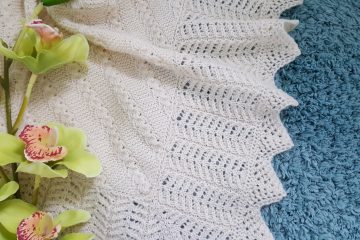
0 Comments